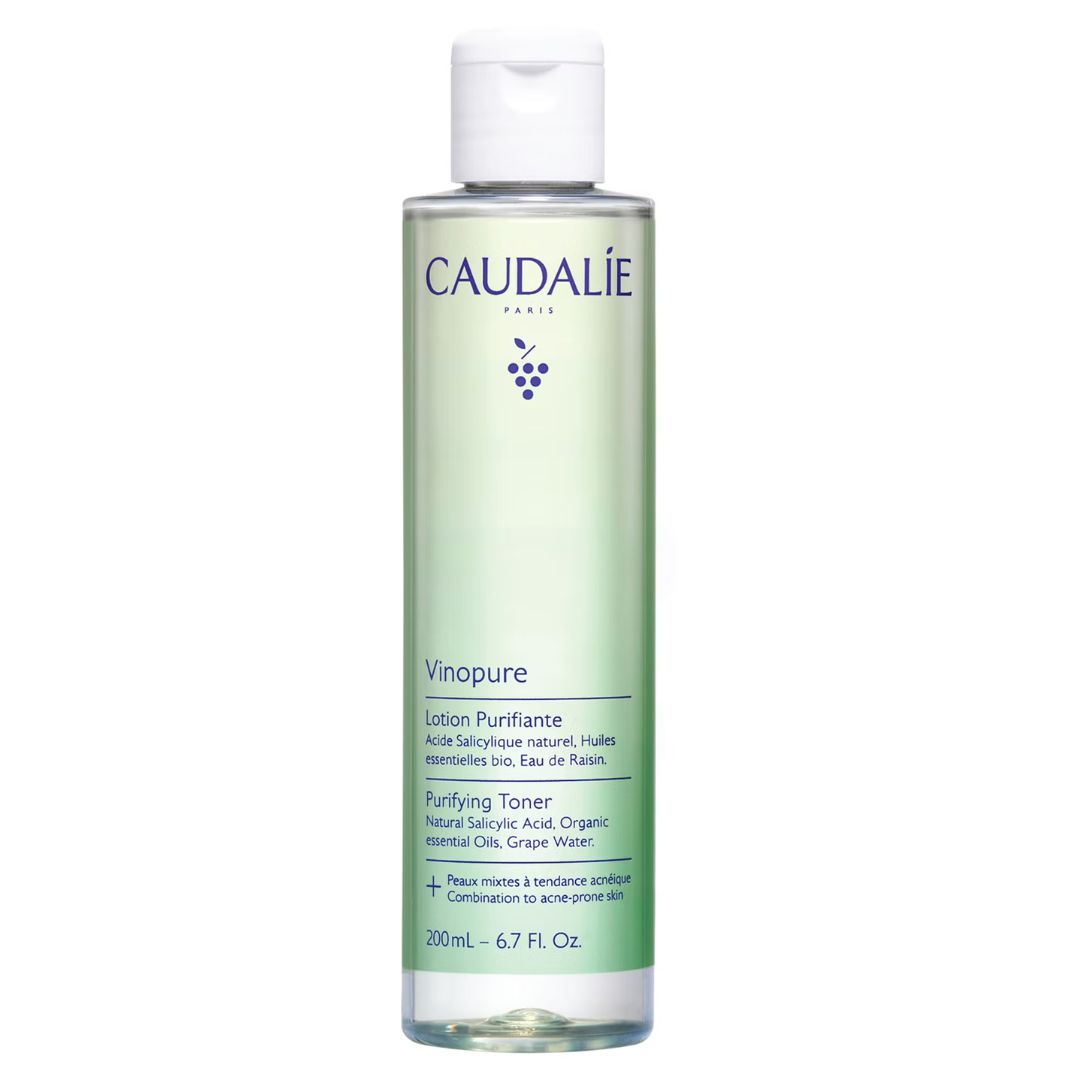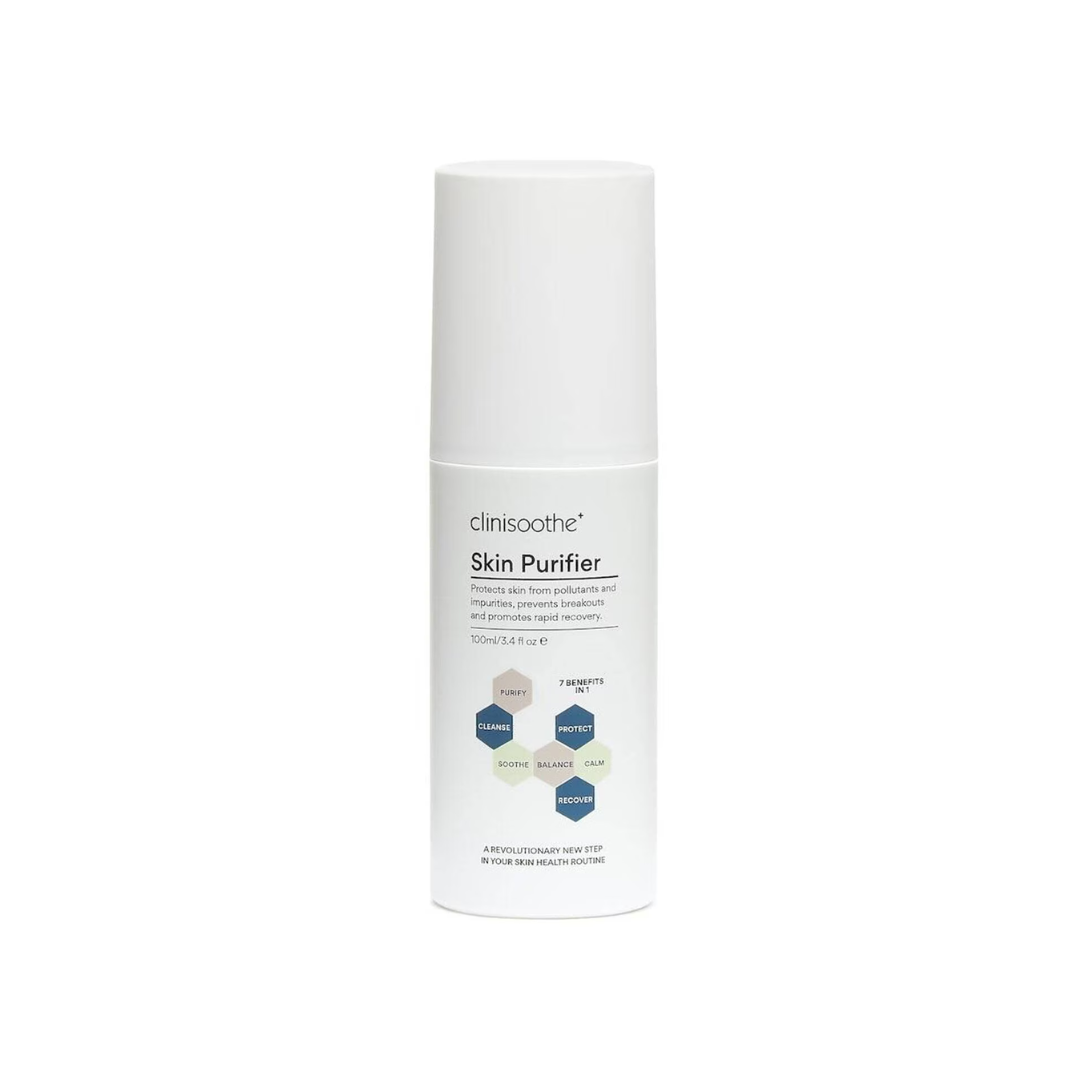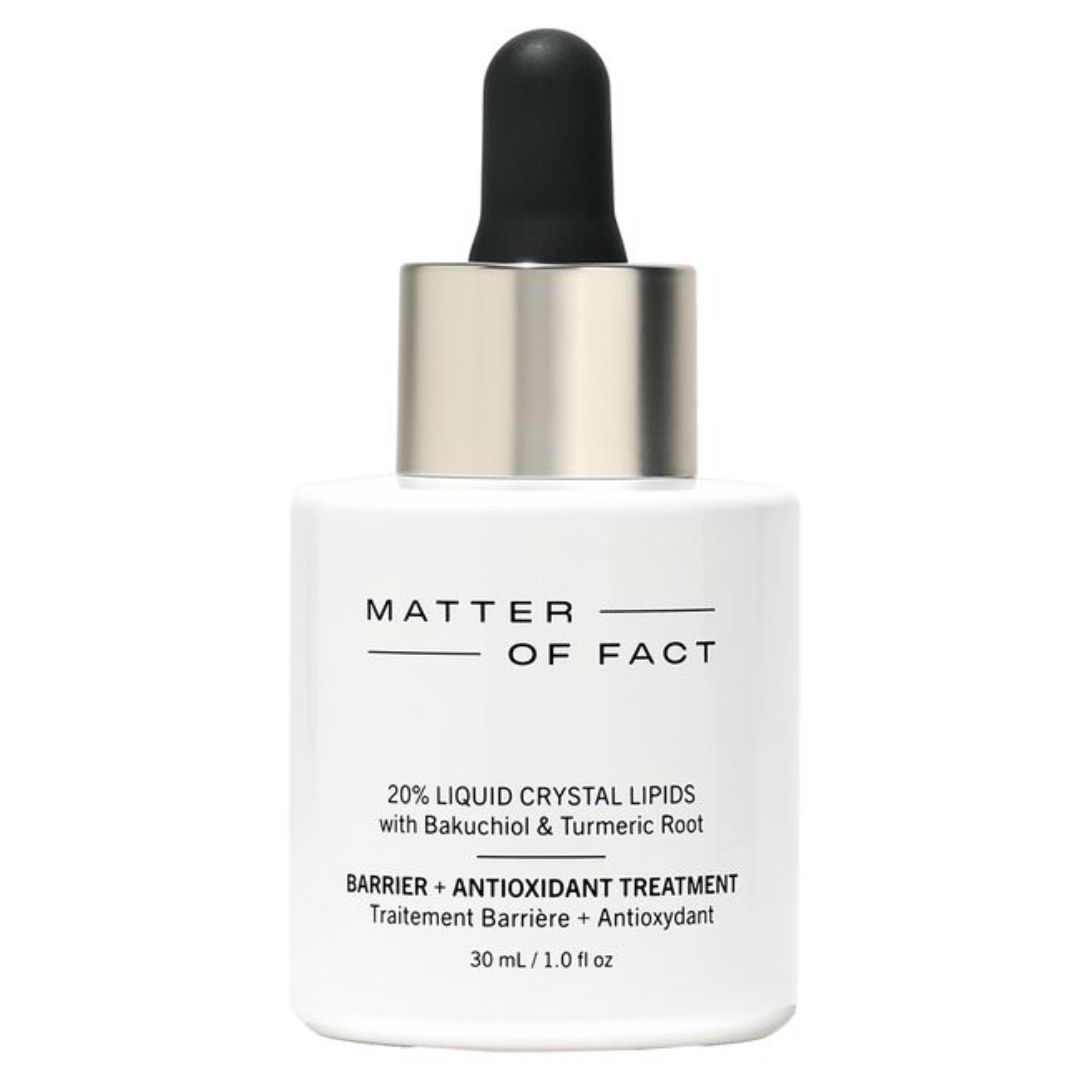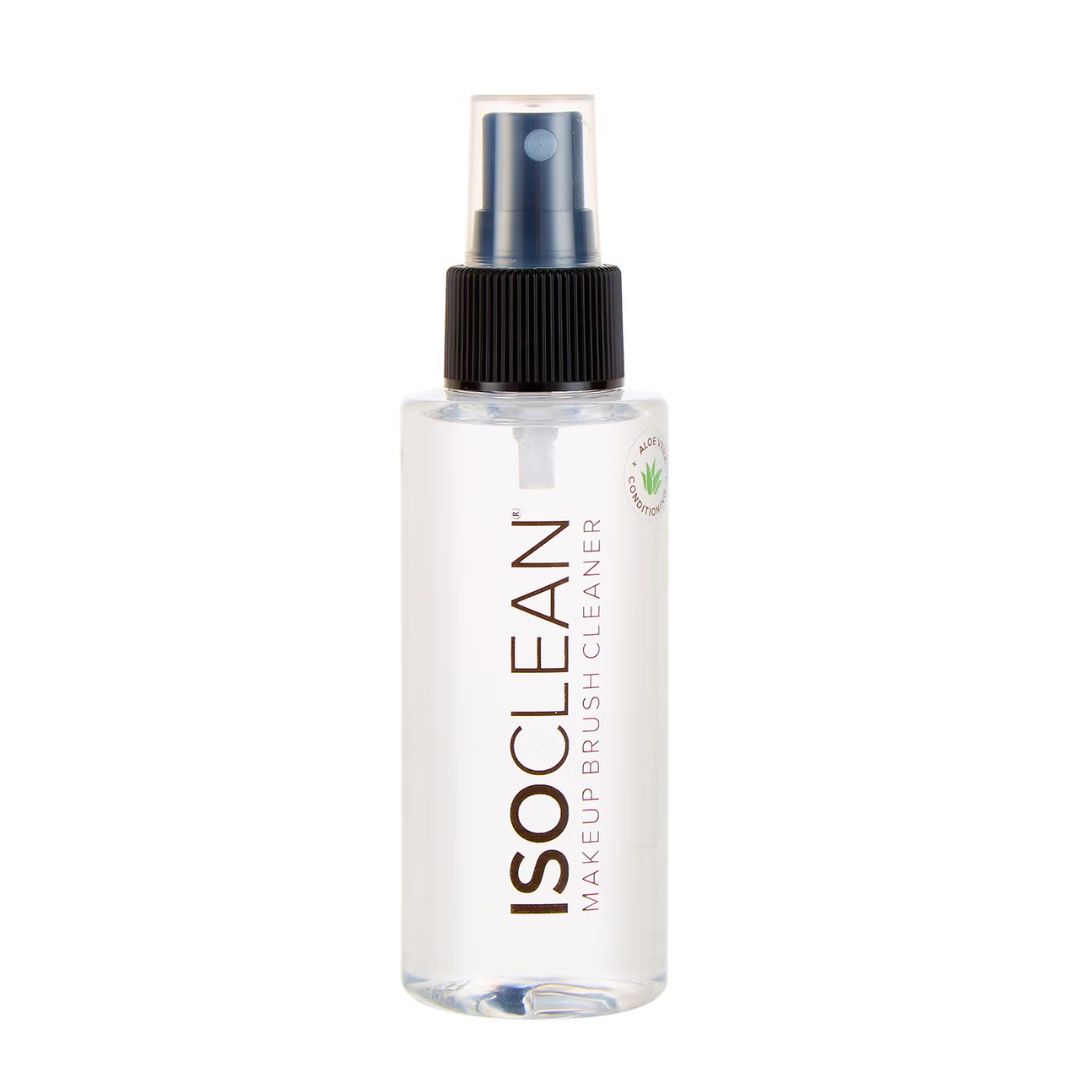Meet Your Skin's Secret Inhabitants: The Truth About The Skin Mites Living On Your Face
Don’t freak out, here’s why they’re there


When it comes to our skin, there's a lot to consider. For example, is your morning cleanse really necessary (SkinTok doesn't seem to think so), is resveratrol a better antioxidant than vitamin C for your skin type, and have you taken all the correct steps to transition your routine from summer to autumn? It's a minefield, but here at Marie Claire, we hope to provide you with as much information as possible to help guide you through this ever-changing landscape. So, when we tell you that there are, in fact, little tiny mites living on skin, we don't want you to panic.
Skin mites are completely normal, "Demodex mites are microscopic organisms that naturally live on our skin," explains Consultant Dermatologist Dr Derrick Phillips. "In fact, most people have them. They tend to live inside hair follicles and oil glands, especially on the face."
Let's find out a little more about these critters...
What exactly are skin mites?
"They are tiny, eight-legged organisms with a lifespan of about two weeks," says Dermatologist Dr Anil Sharma. "They are most active at night, emerging to feed, mate and lay eggs. When they die, they decompose within the hair follicles and sebaceous glands." Just to reiterate, as we know how grim it sounds, skin mites are completely natural and common.
There are two types: Demodex folliculorum, which live in the hair follicles and nibble up dead skin cells, and Demodex brevis, which can be found in the oil glands that feed on sebum. They make up part of our skin's microbiome, and in small numbers, they are harmless. "But when they multiply too much, particularly Demodex folliculorum, they can contribute to conditions like rosacea or demodicosis," says Dr Phillips.
How do you know if you have skin mites? How do they present themselves on the skin?
They are invisible to the naked eye, so most of us will have them and will be none the wiser. "They're part of our skin's ecosystem," explains Dr Phillips. The only time you will ever 'notice' them is when their numbers increase. When this happens, "their movement and waste products can irritate the skin, leading to an inflammatory reaction: redness, itching, and even a crawling sensation." This typically occurs around the cheeks, nose, forehead and eyelids. "The skin can look irritated and inflamed, often resembling acne or rosacea," he adds. "A dermatologist can confirm the diagnosis by examining a skin scraping or biopsy under a microscope to check for an overgrowth of mites." They can also cause a condition called demodicosis, he says, which presents as rough, itchy, acne-like rashes. If you notice irritation, redness and crusting around your eyelashes, that might be caused by something called blepharitis, which is when the skin mites multiply dramatically around your eyelids.
They are most active at night, emerging to feed, mate and lay eggs. When they die, they decompose within the hair follicles and sebaceous glands.
What cause skin mites to multiply?
There are several reasons why the number of skin mites might increase. "Excess Demodex mites can develop when the skin’s natural balance is disrupted," explains Dr Phillips. Oily skin, a weakened immune system, hormonal changes, or use of heavy, greasy skincare products can all contribute, as they all create an environment where the mites can thrive.
Celebrity news, beauty, fashion advice, and fascinating features, delivered straight to your inbox!
"Certain skin conditions, such as rosacea, can create an environment that promotes mite proliferation," says Dr Sharma. According to Dr Phillips, it is mostly common in the papulopustular type of rosacea, where the skin is particularly bumpy, red and inflamed. "For those prone to rosacea or sensitive skin, seeing a dermatologist for tailored advice can help keep both inflammation and mite numbers under control," he advises.
"Additionally, individuals with compromised immune systems, such as those living with HIV or AIDS, are at a higher risk of developing a Demodex infestation." He also says that those taking medications that suppress the immune system, including immunosuppression and chemotherapy, might also be affected.
Lifestyle factors like alcohol consumption and smoking can also encourage mite growth, Dr Sharma says. "Moreover, stress is another factor that may lead to an increase in mite activity."
How do keep skin mites under control?
To help prevent overpopulation, thoroughly cleansing is your first port of call. "Keep your skin clean by washing your face twice a day," says Dr Sharma. "Avoid greasy products that can add extra oil or clog your pores, and be sure to exfoliate regularly.” Dr Derrick Phillips agrees and recommends using non-comedogenic products where possible. Controlling oil production on your face is key. "Think about adding sulphur to your cleansing routine or incorporating salicylic acid," adds Dr Sharma. "Prep your skin with a hypochlorous acid spray, as this helps hydrate, reduce irritation, and limit the buildup that mites thrive on, keeping their population in a healthy balance." He says that it's also important to avoid harsh scrubs, cleanse the area between your eyebrows, and thoroughly clean your eyelids. Skincare brand Matter of Fact has recently discovered that one of its products helps to keep skin mites at bay. "Our customers with redness and rosacea-prone skin often tell us Barrier + Antioxidant Serum helps," says Founder and Formulator, Paul Baek. "I first thought the benefits came from replenishing it with cholesterol/lanosterol esters and soothing antioxidants like turmeric root extract to reduce redness. But we’ve since found the formula may also lower levels of demodex mites—believed to trigger redness, pustules, and papules—meaning it could go beyond soothing to address a potential underlying cause."
Washing your bedsheets regularly can also keep them under control, and Dr Sharma also suggests investing in a silk pillowcase. Skin mites cannot thrive on the smooth surface. Additionally, cleaning your make-up brushes regularly is another good habit to adopt. "I recommend washing your brushes at least once a week," he says.
Dr Sharma says that if you are experiencing a flare-up of skin mites, then seeing a doctor is the best route so they can confirm it for you and help come up with a treatment plan. The most commonly prescribed treatment for demodicosis is metronidazole, a topical medication.
Skin mites tool kit:

Katie Thomas is the Senior Beauty Editor at Marie Claire UK. With over 10 years of experience on women's luxury lifestyle titles, she covers everything from the best beauty looks from the red carpet and stand out trends from the catwalk, to colonic irrigation and to the best mascaras on the market.





